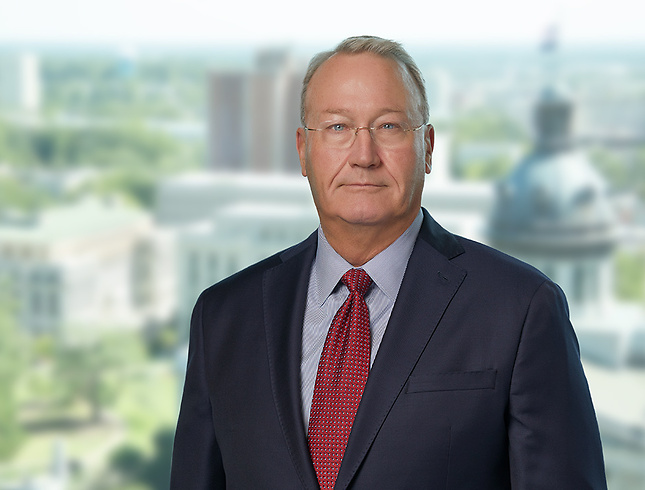The Payroll Protection Program (PPP) under the CARES Act can provide eligible businesses with a forgivable loan from the government to be used to keep and pay employees, and for certain other purposes, and to help businesses, their owners, and their employees get through this difficult COVID-19 pandemic. However, the amount of a PPP loan – and the amount that potentially can be forgiven - may depend on the type of legal entity under which a business operates.
For example, partnerships/limited liability companies and self-employed individuals (including an individual operating as a limited liability company), can qualify for a PPP loan based not only on the average monthly payroll paid to the businesses W-2 employees, but also for the profits of the business owner (including partners and LLC member/owners), but where the amount of the PPP loan for any one person cannot exceed annualized pay or business profits of $100,000. Once a PPP loan is received by such a business, the business can use the PPP loan to pay both payroll to employees and potentially also “profit replacement” of the business owners. Support for considering owner “profit replacement” as a potential forgivable cost of the business, in addition to W-2 wages and salaries that are paid with a PPP loan, can be found in the CARES Act itself which defines “payroll cost” to include “the sum of payments of any compensation to or income of a sole proprietor or independent contractor that is a wage, commission, income, net earnings from self-employment, or similar compensation and that is in an amount that is not more than $100,000 in 1 year, as prorated for the covered period”. If a PPP loan is then used by the business over an 8-week period after receiving the loan, and with at least 75% of the PPP loan being paid for W-2 employee payroll and owner “profit replacement” and with no more than 25% of the loan being for certain other business-related purposes (e.g. rent, utilities, and interest on certain debt), the PPP loan may be forgiven and need not be paid back.
However, if an eligible business is an S Corporation, it will receive less of a PPP loan. Under recent guidance issued by the Small Business Administration (SBA), the government agency charged with administering the PPP, only average monthly payroll paid to the S Corporation’s W-2 employees can qualify for a PPP loan (and potential forgiveness once the loan is received and used), and not business profits of the owners of the S Corporation.
This difference in treatment between S corporations and their owners and other forms of business entities may be due to the fact that profits for the owner of a partnership/limited liability company and those of self-employed individuals are subject to federal self-employment taxes, but the profits for an owner of an S corporation are not. However, this distinction is not in the CARES Act, and may be a questionable interpretation of the new law by the SBA. If a business and its owners qualify for a PPP loan, why should a PPP loan be reduced simply because one type of business owner pays payroll taxes on his/her profits but another type of business owner does not? Both types of businesses, and their owners, may desperately need these funds to get through the COVID-19 pandemic. Business owners, regardless of the type of business entity under which they operate, have bills to pay, too, and where their businesses may no longer be making money because of these difficult times.
However, the SBA is issuing new and updated guidance for the PPP on a weekly and almost daily basis now, and where updated SBA guidance may be inconsistent with prior administrative positions it has taken concerning the PPP. Much of the SBA guidance issued to-date has certainly been helpful – and consistent throughout – but their remain areas of the CARES Act, including issues concerning the forgiveness of owner profit replacement, that will require further guidance from the SBA and ultimately determination of these issues by our courts.
- Partner
Erik Doerring is a business lawyer, with the skills of a tax litigator. Prior to joining the firm, Erik was an attorney with the IRS Office of Chief Counsel and the U.S. Department of Justice, Tax Division.
Erik regularly advises the ...

